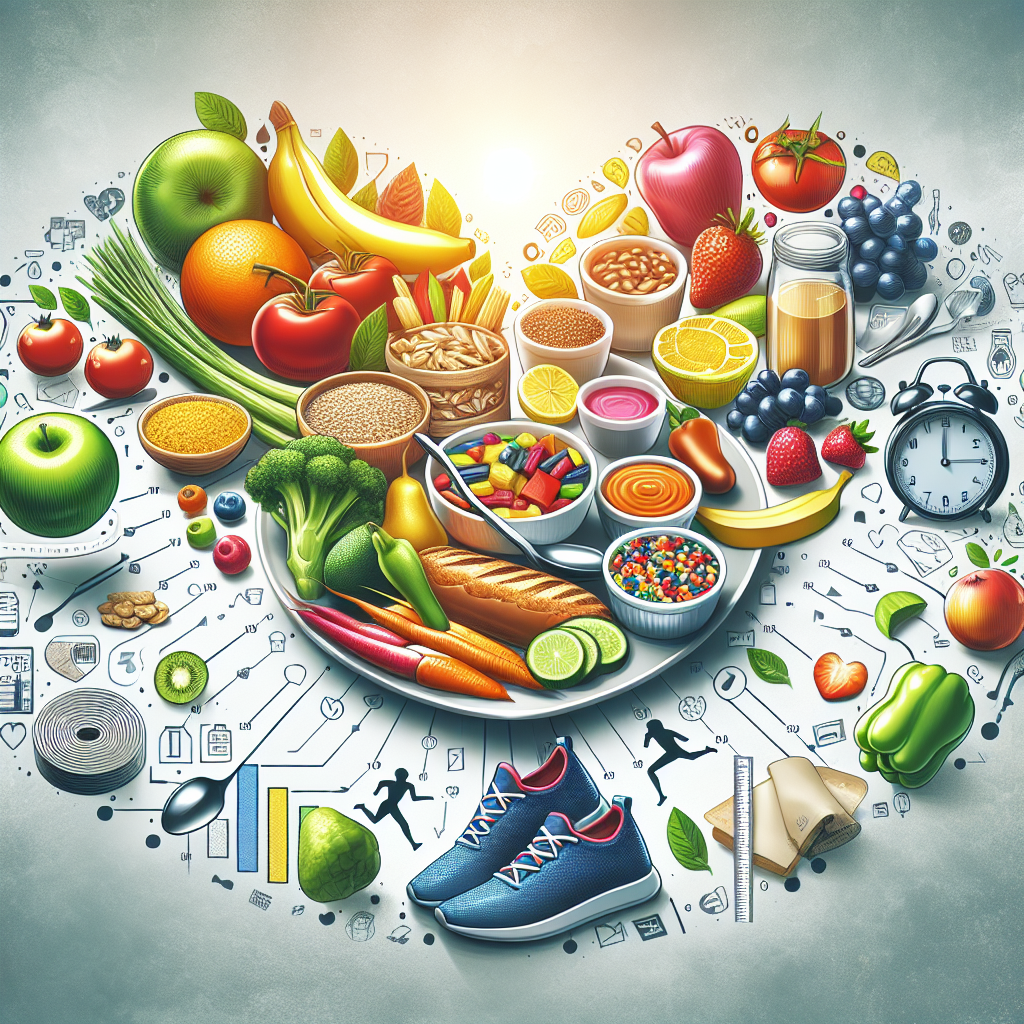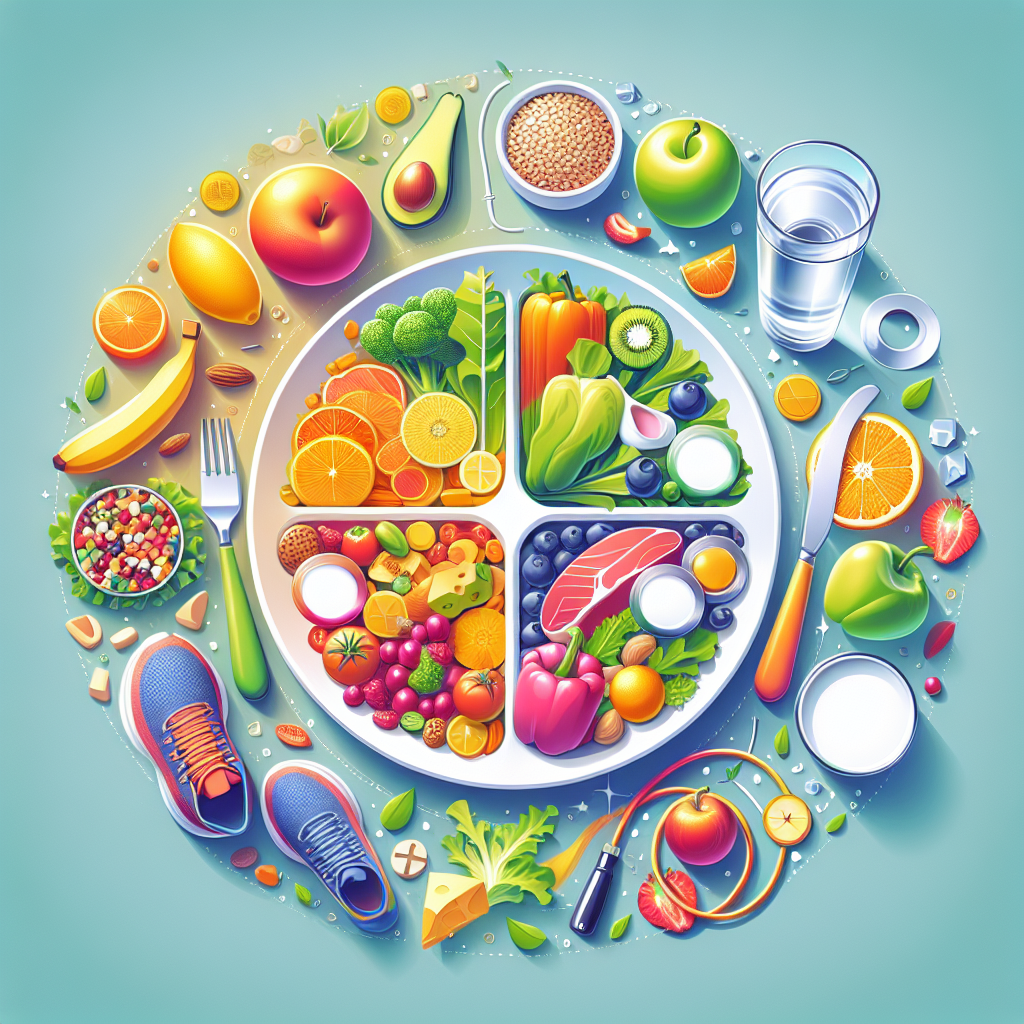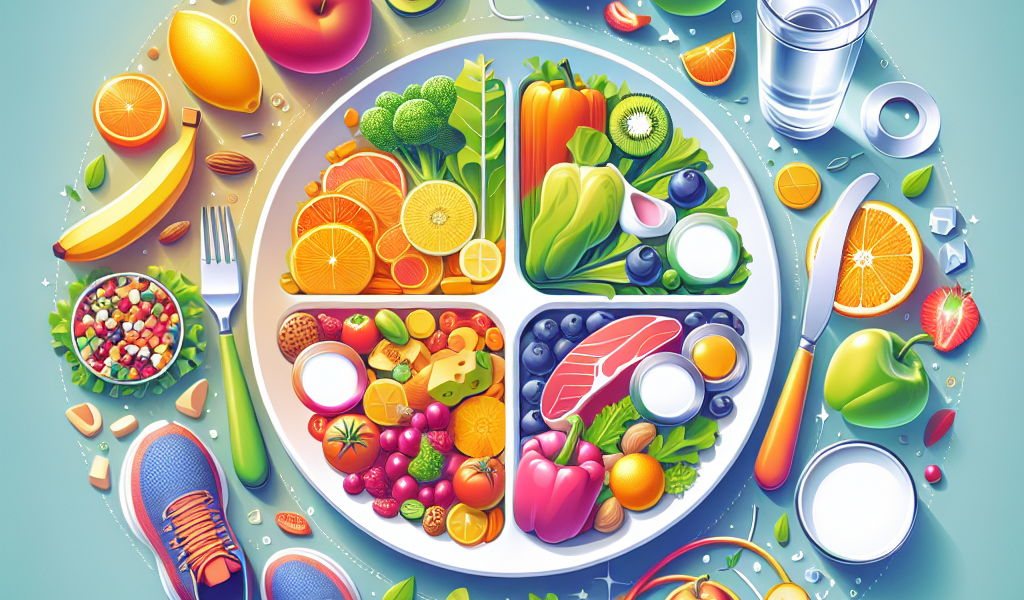How Many Calories Should I Eat A Day
Beyond the vagaries of diet fads and miracle weight loss regimens, understanding how many calories you need in a day is the fundamental bedrock of good nutritional science. In “How Many Calories Should I Eat A Day,” a comprehensive guide to caloric management exists for those seeking to maintain, lose, or gain weight based on scientifically-backed principles. The article provides in-depth calorie details of not just how your body burns them but also the caloric content of common foods. From understanding the energy value of an innocent-looking banana, an apple, or an avocado, to establishing how much you can burn during specific exercises such as walking, the article offers practical and personalizable guidelines for calorie intake per day based on age, sex, weight and level of physical activity. How many will you need to eat to lose weight? The answers, a resource of precision and detail, lie within.

Understanding Calories and Caloric Needs
Definition of a Calorie
A calorie is a unit of energy that food and drink provide when consumed and is used by our bodies for day-to-day functioning. In dietary terms, it mostly refers to a kilocalorie, which is equivalent to 1,000 small calories often used in science labs.
Understanding Basal Metabolic Rate (BMR)
Your Basal Metabolic Rate (BMR) is the number of calories required to keep your body functioning while at rest. It represents the minimum amount of energy needed to maintain basic physiological functions such as breathing, circulation, and cell production.
Calculating Daily Caloric Needs
Calculating your daily caloric needs involves considering your BMR, physical activity, and thermic effect of food. Tools such as the Harris-Benedict equation can help you calculate the total amount of calories your body needs daily to maintain your current weight.
Determining Daily Caloric Intake
General Caloric Intake Recommendations
General caloric recommendations suggest an intake of approximately 2,000-2,500 and 1,500-2,000 calories per day for adult men and women, respectively. However, these values can vary, as they are based on a multitude of factors including your BMR and physical activity levels.
Factors Affecting Caloric Needs such as Age, Sex, Activity Level
Several factors influence your caloric requirements. Age affects metabolism – as you age, your metabolic rate generally slows down and your caloric needs decrease. Sex also plays a role—men usually require more calories than women because they tend to have more muscle mass. Your activity level significantly influences your caloric intake as well – those who are more physically active require more energy.
Tools for Calculating Daily Caloric Needs
Various tools are available for calculating your daily caloric needs, including online calculators, smartphone apps, and formulas such as the Harris-Benedict or the Mifflin-St. Jeor. These tools require you to provide basic information such as age, sex, weight, height, and activity level.

How to Lose Weight Through Caloric Intake
Understanding Caloric Deficit
A caloric deficit occurs when you consume fewer calories than you burn. This deficit forces your body to use stored fat for energy, resulting in weight loss.
How Many Calories Need to be Burned to Lose Weight
To lose one pound of weight, you need a deficit of approximately 3,500 calories. This doesn’t mean you must burn these calories in a single day, instead you can aim for a 500 to 1,000 calories deficit each day, which would lead to a loss of one to two pounds a week.
Safe and Healthy Guidelines for Weight Loss
Safe and healthy weight loss involves losing 1-2 pounds per week. Drastic weight loss through extreme calorie restriction is neither safe nor sustainable. It’s recommended to adopt healthier eating habits and increase physical activity to achieve a moderate caloric deficit.
The Caloric Contents of Common Foods
Caloric Content of Bananas
One medium banana has approximately 105 calories. Bananas provide energy quickly and are an excellent source of nutrients.
Caloric Content of Avocados
One avocado contains around 240 calories. Although avocados have high caloric content, they offer healthy fats and are rich in fiber and vitamin E.
Caloric Content of Eggs
One large egg has approximately 70 calories. Eggs are a rich source of protein and contain essential minerals and vitamins.
Caloric Content of Apples
A medium apple provides about 95 calories. Apples are low in calories and yet rich in dietary fiber and antioxidants.
Caloric Content of Chicken Breast
A serving (100g) of chicken breast contains approximately 165 calories. Chicken breasts are a lean source of protein.
Caloric Content of Strawberries
A cup of strawberries contains approximately 50 calories, and these fruits are rich in vitamin C and antioxidants.
Caloric Content of Oranges
A medium orange has about 65 calories. They are low in calories and rich in vitamin C.

How Many Calories are there in a Pound
The Connection Between Calories and Weight
Calories and weight are closely connected. Your body stores excess calories as fat, and these stored calories will be used for energy when your body is in a caloric deficit.
Applying the 3500-Calorie Rule
The 3500-calorie rule suggests that you need to create a 3,500-calorie deficit to lose one pound of fat. This can be achieved by reducing your caloric intake, increasing your physical activity levels or ideally a combination of both.
Counting and Tracking Your Calories
Using a Food Diary
A food diary is a journal where you note down what and how much you eat each day. By keeping track of your daily calorie intake, you are more conscious of what you are consuming, and can ensure you are meeting but not exceeding your daily calorie needs.
Using Calorie Counting Apps
Calorie counting apps can be an efficient way to track your daily intake. They allow you to record your meals, calculate total calorie intake, and even provide nutrient breakdowns.
Estimating Caloric Content in Restaurant Meals
Estimating calories in restaurant meals can be challenging, as they often don’t display calorie content. However, some tips include opting for grilled or baked dishes over fried, choosing lighter dressings, and being mindful of portion sizes.

Understanding Caloric Values in Fast Food Items
Caloric Content in a Big Mac
A Big Mac hamburger has approximately 540 calories. Remember that fast food items often have high caloric content and can contribute to a caloric surplus if consumed frequently.
Caloric Content in a Shot of Vodka
A standard shot of vodka contains roughly 100 calories. Alcohol consumption can add substantial calories to your diet, as these are often overlooked in calorie counting.
How Fast Food Contributes to Caloric Intake and Weight Gain
Fast food is usually high in calories, fat, sugars, and sodium. Regular consumption of fast food may cause a caloric surplus, leading to weight gain and adverse health effects.
How Many Calories are Burned During Exercise
How Many Calories Burned Walking a Mile
Walking a mile burns roughly 100 calories, but this can vary based on your weight and walking speed.
The Effect of Exercise Intensity on Calorie Burn
The intensity of your exercise significantly impacts how many calories you burn. High-intensity workouts burn more calories in the same time compared to low-intensity workouts.
Which Exercises Burn the Most Calories
Aerobic exercises such as running, cycling, and swimming are among the top calorie-burning exercises. Remember that the number of calories burned in any exercise depends on the intensity, duration, and your weight.

Understanding Caloric Intake for Specific Diets
How Much You Should Intake for a Ketogenic Diet
A ketogenic diet typically involves eating about 20-50 g of carbohydrates, adequate protein, and high fat. The caloric intake depends on your specific goals, but the majority of calories will come from fats.
Caloric Intake for Mediterranean Diet
The Mediterranean diet emphasizes fruits, vegetables, lean proteins, and healthy fats. While it doesn’t specify caloric intake, its major focus is on types of foods to consume rather than the amount.
Caloric Intake for Vegetarian Diets
Vegetarian diets exclude meat and focus largely on plant-based foods. As with other diets, caloric intake depends on your personal goals and needs, but a balanced vegetarian diet should include a variety of foods to ensure all nutrient needs are met.
Consequences of Taking In Too Many or Too Few Calories
Understanding the Risks of Extremely Low-Calorie Diets
Diets that provide less than 800 calories per day, often referred to as very low-calorie diets (VLCDs), can lead to malnutrition, muscle loss, gallstones, and other health issues. They should only be followed under medical supervision.
The Impact of Overeating on Health and Weight
Persistent overeating leads to a caloric surplus, ultimately leading to weight gain. Over time, this can increase the risk of obesity and associated health conditions like heart disease, type 2 diabetes, and certain cancers.
The Effects of Caloric Restriction on Metabolism
Chronic and extreme caloric restriction can cause your metabolism to slow down to conserve energy, making it harder to lose weight in the long run. Hence, it’s essential to ensure your caloric intake is not too low even when trying to lose weight.

